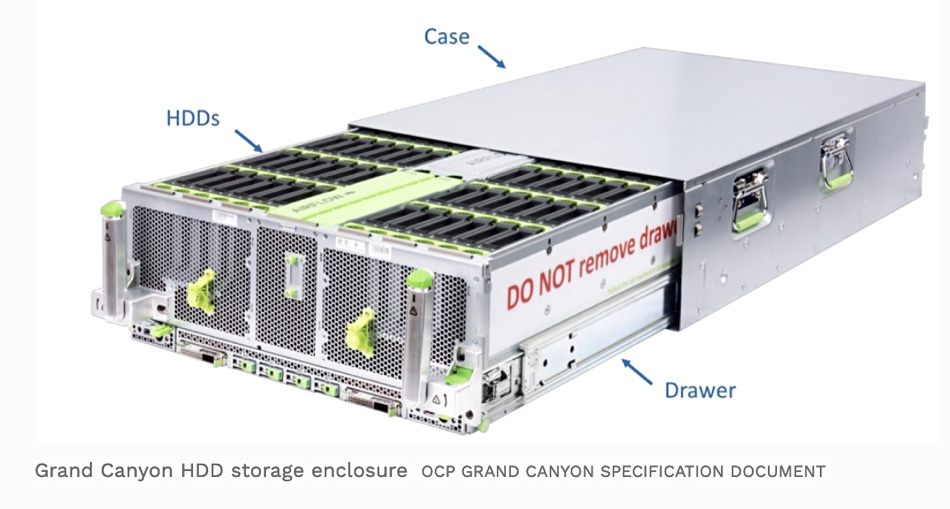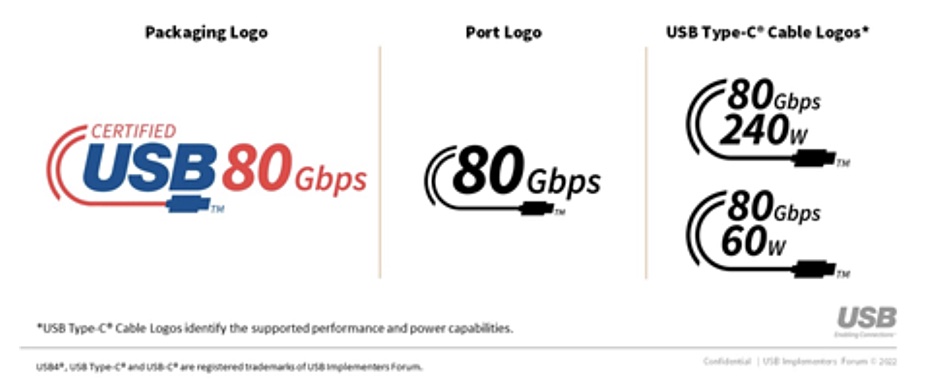Cloud storage and backup provider Backblaze has announced better than expected preliminary results for Q3 2022. Revenue is expected to be between $22.0 and $22.1 million versus previous guidance of $21.4 to $21.8 million. Backblaze will report full financial results for its third quarter of 2022 (ending September 30, 2022) on November 9.
…
Network connectivity supplier ATTO says its hardware and software fully support the latest operating system from Apple, macOS 13 Ventura.
…
Functional verification supplier Avery Design Systems has updated its QEMU software virtual machine emulator based Linux host and SoC RTL co-simulation solution for system-level verification of complete CXL systems. The updates are specifically aimed at enabling pre-silicon validation of the upcoming 3.0 version of the standard, which will double bandwidth with the same latency as previous versions. The entire platform supports pre-silicon design of SoCs using version 3.0 as well as 2.0 and 1.1 versions of the CXL standards. CXL VIP for CXL 3.0/2.0/1.1 is available today.
…
Cobalt Iron and research house DCIG have partnered to produce a free data protection maturity assessment survey for use by businesses and other organisations. The pair reckon enterprises want to know how they measure up in critical areas of their business operations. These measurements inform them where they can stand pat and where they need to make changes. Just as importantly, these assessments help them avoid budgetary or operational surprises by pre-emptively identifying existing gaps. Access the survey here.
…
A Dell blog talks about its sustainability goals:
- By 2030, for every product a customer buys, Dell will reuse or recycle an equivalent product.
- By 2030, 100 percent of its packaging will be made from recycled or renewable material, and more than half of product content will be made from recycled or renewable material.
- By 2030, it will source 75 percent of electricity from renewable sources across all Dell Technologies facilities – and 100 percent by 2040
- The company intends to reach net zero greenhouse gas (GHG) emissions across Scopes 1, 2 and 3 by 2050
…
GPU-powered SupremeRAID provider GRAID has signed up primeLine Solutions GmbH in Germany as an OEM-like integrator of its cards to be used in primeLine’s server and storage systems.
…
Global Data Environment (GDE) data orchestration supplier Hammerspace has signed up Titan Data Solutions as a distributor in the UK and Europe. It already has a distribution relationship with Climb Channel Solutions for North America.
…
Intel is previewing its next-generation Thunderbolt connectivity product with speeds up to 80 Gbit/sec both ways, support for DisplayPort 2.1, 2x faster PCIe throughput, and compatibility with existing Thunderbolt 4 cables up to a meter long. It has a special mode that allows for 120Gbit/s speeds up and 40Gbit/s down so a single cable can link several monitors. It is built on the USB4 v2 specification.
…
Data observability supplier Kensu has released a book entitled “Fundamentals of Data Observability: Implement Trustworthy End-To-End Data Solutions”. It was authored by CPO and founder Andy Petrella, published by O’Reilly Media and available for free on Kensu.io. The book helps data teams understand what data observability is and how it can help them better understand their data usage, troubleshoot data incidents, and more. Get your copy here.
…
Meta has introduced a Grand Canyon storage box spec with all major system components serviceable and to be maintained at scale. It is designed such that CPU Board (Barton Springs) can be easily upgraded to the next generation of CPUs. Grand Canyon is Meta’s latest HDD storage server chassis as a follow-on to the previous generation storage platform, Bryce Canyon. The Grand Canyon design retains the high level system architecture from Bryce Canyon – 4U tall, single drawer dense storage chassis that contains up to 72 3.5” hard disk drives (HDDs), 2 compute modules, 1 NIC and 2 SSDs per compute module. This design will have an upgraded 1S Server card, UIC, Storage controller card and is Open Rack v2 (ORv2) compliant.

…
Mirantis has announced Mirantis Container Cloud (MCC) updates that enable high performance data storage for large-scale Kubernetes deployments, and also support for Google Cloud Platform to deliver a consistent Kubernetes experience across multiple infrastructure providers. An update to Mirantis Kubernetes Engine (MKE) adds Google Cloud Platform to existing support for virtual machines, bare metal, and hosted bare-metal on Equinix Metal, Amazon Web Services and Microsoft Azure. This is part of Mirantis’ plan to deliver ZeroOps and it is said it is now possible to run mission-critical workloads supporting millions of users, with petabytes of data storage accessible by Kubernetes clusters via open source Ceph. More MCC update info’ here and MKE update info’ here.
…
The Open Compute Project (OCP) has launched a composable memory systems subgroup. The Composable Memory Systems Project aims to follow a hardware-software co-design strategy, developing a community to standardize and drive adoption of tiered and hybrid memory technologies and solutions that can benefit data center applications across industries such as AI-ML/HPC, Virtualized Servers and Cache/Databases. Many existing OCP members have joined this effort including Meta, Microsoft, Intel, Micron, Samsung, AMD, VMware, Uber, ARM, SMART Modular, Cisco and MemVerge.
…
Oracle has announced its MySQL Heatwave Lakehouse, claming it offers 17x faster query performance than Snowflake and 6 x faster than AWS Redshift on a 400TB workload. It further claimed that MySQL HeatWave Lakehouse can load 400 TB data from object storage 8X faster than Redshift and 2.7X faster than Snowflake. MySQL HeatWave Lakehouse scales to 512 nodes, and Oracle said it can process hundreds of terabytes of data in object store in multiple file formats — including Aurora and Redshift backups. MySQL HeatWave Lakehouse is the newest addition to the MySQL HeatWave portfolio, a cloud service that combines transaction processing, analytics, machine learning, and machine learning-based automation within a single MySQL database. Lakehouse expands Heatwave’s parallel processing capabilities to object data stored outside Oracle. MySQL Heatwave will be available on AWS and is already available on Azure.
…
Filesystem supplier Quobyte announced its availability in the SUSE Rancher Apps Catalogue during KubeCon last week. It said this is a validation of Quobyte’s Kubernetes and container performance and adds to SUSE Ranchers growing stable of K8 applications.
…
A SmartX blogger has posted an article about multi-tenancy in Kubernetes. The blog says the Kubernetes community has seen an emergence of projects for multi-tenancy. It discusses issues around multi-tenancy in Kubernetes. In particular, it examines the two implementations of multi-tenancy – cluster sharing and multi-cluster – and provide suggestions for enterprises caught in a bind.
…
Swissbit has introduced an SSD using Burlywood FlashOS firmware in its controller. It said the N4200 offers two- to five-times faster constant write speed versus the previous generation, while maintaining low latency and two-times greater endurance over its lifetime. The drive uses 3D NAND in TLC format., with a PCIe 4×4 NVMe 1.4 interface, and has an initial 8TB capacity with a 16TB version to follow. It delivers up to 800,000/130,000 random read/write IOPS and 7GB/sec and 4GB/sec sequential read and write throughput respectively. The endurance is 1 to 3DWPD configurable and it can be based on live telemetry recorded in a test run.
…

The USB-IF has published a USB4 v2.0 spec to enable 80Gbit/s performance over a USB Type-C cable and connector. The updated USB4 specification doubles the maximum aggregate bandwidth of USB to the benefit of higher-performance displays, storage, and USB-based hubs and docks. The USB Type-C and USB Power Delivery (USB PD) specifications have also been updated to support this higher level of data performance. It utilizes a new physical layer architecture based on PAM3 signal encoding, over existing 40Gbps USB Type-C passive cables and newly defined 80Gbps USB Type-C active cables.








